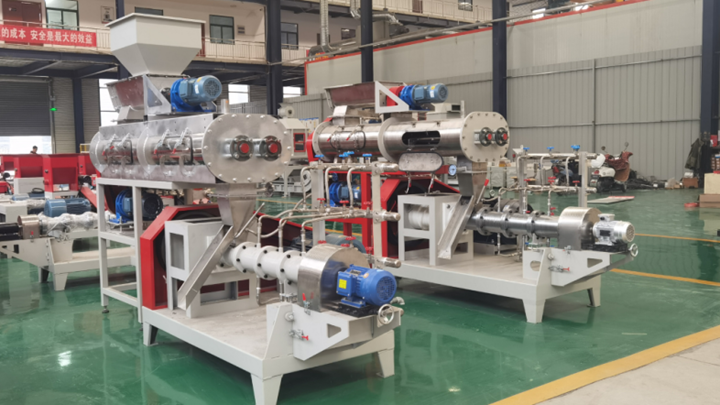
Larger bass engage in this behavior regularly while smaller bass tend to remain in shallow, warmer water to feed and avoid predators. Dissolved Oxygen. Dissolved oxygen (DO) is measured in parts per million (ppm) and is very important to bass, which require a higher DO ppm than most game fish. Fully saturated water measures about 10 ppm.

Heavy fishing will not hurt, in fact, once a bass pond is established fishing is your best management tool but no fishing should be done while the fish are on their spawning beds. For smallmouth this is usually from May 1-May 20 (depending on water temp., which needs to be 60 degrees) and for largemouth, from May 20-June 15 (water temp. at 65

Apr 06, 2017 · The proportion of bass to baitfish must be in balance, which means stocking the correct densities of fish from the very beginning. Fisheries biologists recommend a 10 to 1 stocking ratio—10 bluegills for every bass in the pond. For each surface acre of the pond there should be 1,000 bluegills and 100 bass introduced.
.jpg)
Jan 02, 2015 · We investigated the growth, survival, and feed conversion of Largemouth Bass Micropterus salmoides fed one of two sizes of floating pellets or a sinking pellet for 151 d in 0.04-ha ponds.

Want to feed your biggest bluegills and maybe some one pound feed trained bass? AquaMax 600 is the ticket. It’s the same formula as 500, but the pellets are larger. What to feed Largemouth Bass in a Pond. If you want the best bang for the buck while feeding bigger feed-trained bass, AquaMax Largemouth is the ticket. What to feed Catfish in a Pond
.jpg)
Trial 2: Pond production of food-size bass Largemouth bass fingerlings were trained to accept dry pellets from May to June 1993 and stocked in ponds for additional growth. Fish were overwintered and harvested 256 F. Kubitza, L.L. Loushin/Aquaculture 149 (19971253-262 in late March 1994 at about 1 year of age.
.jpg)
Formulated as an easily-digestible, high-energy, nutrient-dense diet with excellent conversion rates, Sport Fish Largemouth has high feed efficiency and rate of gain and is designed to stimulate aggressive feeding behavior. AquaMax® Sport Fish Largemouth is a floating product in a in a 3/4" x 1" extruded pellet.

After teaching young fingerlings to feed on pellets, aquaponics and aquaculture lovers take pride in the 12- to 18-month journey it takes to produce a table-ready fish. Bass are big fish when grown, so it’s important to consider the area you have to work with in advance. A common length for Largemouth Bass is about 15 inches, and Largemouth

Stocking pellet-trained largemouth bass is another area of consideration. In monoculture of even sized fish, largemouth bass trained to accept manufactured diets is quite effective for producing fast growing individuals. This method is also used to produce fingerlings, or juveniles, for sale as pond stockers.

Largemouth Bass Feeding Facts. Largemouth Bass will go for the largest prey it can get in it’s mouth. These fish are voracious feeders. Adult largemouth bass are largely fish-eating predators. But the food type changes as they grow from plankton, to insects, to fish, crayfish and frogs. The largemouth bass is a sight feeder and takes food
.jpg)
For trophy bass ponds you want to stay closer to the 35 per acre. Bass are used to control bluegill/bream populations in ponds and lakes. It is necessary to harvest 15-25 bass per acre per year beginning after 1st year of stocking to keep bass population in balance and growing. Normal life expectancy for bass is 5-7 years.
.jpg)
Nov 29, 2002 · Over the course of 150 days, you feed 600 pounds of feed. Those 600 pounds of feed yield 300 pounds of fish, doubling your ponds natural production capabilities. Do the math: Six hundred pounds of feed, at 30 cents a pound $180. Less than $200 to put 300 pounds of weight on your fish.

Posts: 3,794. Plano Texas. Dave,our feed trained LMB have stayed on feed - began feeding next day after stsocking and fed on LM nuggets first day fed. Probably depends on who and how they were trained. N.E. Texas 2 acre and 1/4 acre ponds. Original george #173 (22 June 2002) Re: Feed Training Largemouth Bass Plan.
.jpg)
High-protein salmonid fish pellets Bucket Largemouth bass are one of the most impressive and valuable fish to keep in a farm pond. Bass grow to more than 20 inches long and act as the top predators in a pond. In a well-established and balanced pond, you shouldn’t need to feed the bass.
.jpg)
Feb 28, 2019 · Additionally, different size fish need different habitats, so a small bass will need a different habitat than a large bass. 3. The Food Chain. As we noted above, it takes about 10 pounds of forage fish for a larger fish to gain one pound. And make sure you keep an eye on how plankton is doing in your pond as well.